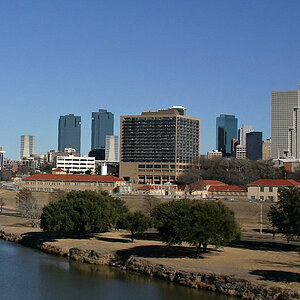Helen B
TPF Noob!
- Joined
- Sep 16, 2007
- Messages
- 3,296
- Reaction score
- 467
- Location
- Hell's Kitchen, New York
- Can others edit my Photos
- Photos NOT OK to edit
Thanks for the link - I hadn't seen the website. It doesn't really do the cameras justice. There are some much better pictures on LFPhoto.info, taken by Kirk Gittings, if I remember correctly.
I have the maple/black version, and I've been very happy with it. It was worth the wait. It has a remarkable range of movements, and I'm looking forward to getting the bag bellows I have on order.
Good luck,
Helen
I have the maple/black version, and I've been very happy with it. It was worth the wait. It has a remarkable range of movements, and I'm looking forward to getting the bag bellows I have on order.
Good luck,
Helen



![[No title]](/data/xfmg/thumbnail/38/38742-02271ebbfd9d0efdddfac04f9fde5694.jpg?1619738704)
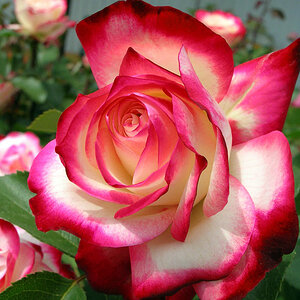
![[No title]](/data/xfmg/thumbnail/32/32703-dc864e762c9e91088156fdcab4aeea33.jpg?1619735606)

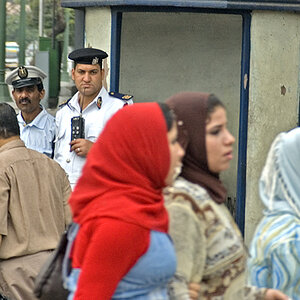
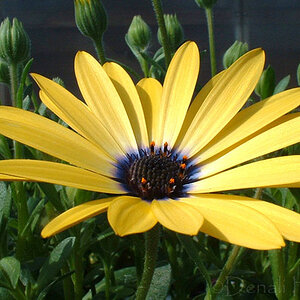
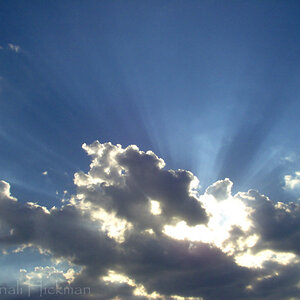
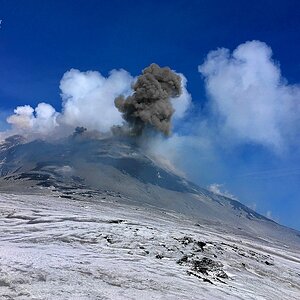
![[No title]](/data/xfmg/thumbnail/37/37129-2b15d9f6bc8d43c2c1247a6c591d14aa.jpg?1619737884)
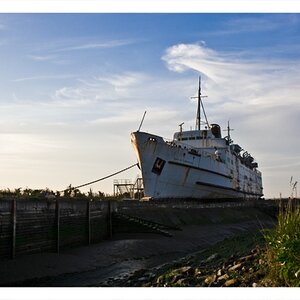
![[No title]](/data/xfmg/thumbnail/32/32702-7344d6e6132276dd7bfc046084fea432.jpg?1619735604)
